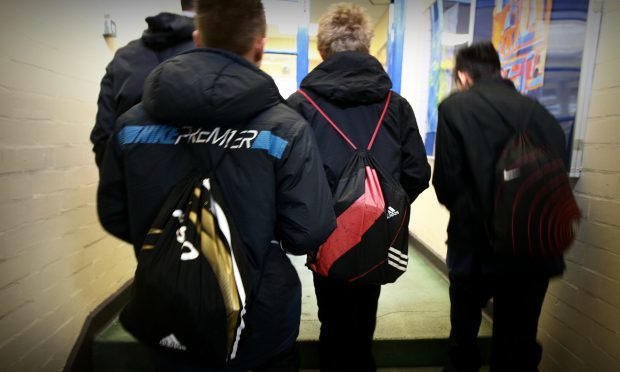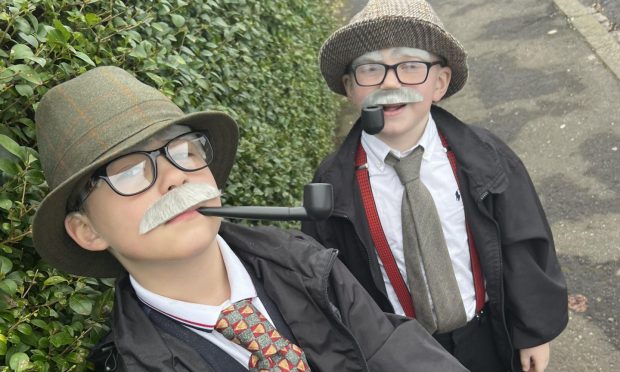Teachers in Dundee are having to give children fruit and cereal bars at break time because they are too hungry to learn, according to a shocking new poverty report.
A study by the Child Poverty Action Group (CPAG) Scotland found youngsters are showing up to school without so much as a glass of water, while some primary children are having to wait years on waiting lists to access breakfast clubs.
The report, which emerged from the Dundee Fairness Commission, involved workshops with more than 500 school pupils, 205 members of staff and informal chats or focus groups with nearly 200 parents.
It found more than a quarter of children in Dundee are currently living in poverty, with more than a third of youngsters growing up in the city’s East End currently struggling to make ends meeting.
It means Dundee has the second highest level of child poverty in Scotland, with six of the city’s eight council wards having rates above 25%.
Teachers reported being left with the heartbreaking choice of turning hungry children away or forking out their own cash to buy snacks for youngsters left unable to concentrate on lessons.
One educator said: “There was a boy in our class who turned up late… he was really red in the face. He’d not even had a drink of water.
“We could go and get him some juice but it’s the simple things like that – we’re expecting him to learn.”
One child said they had not been able to attend a breakfast club until primary three because the waiting list was so long, while another in primary five said they were “lucky” to have been given their older sister’s place.
Schools have been encouraged to consider using the Pupil Equity Fund, a pot of cash provided by the Scottish Government to attempt to reduce the poverty-related attainment gap, to extend staff hours and offer more places at breakfast clubs.
Other suggestions to reduce the burden of school costs on hard up parents include “swap shops” for secondhand uniforms, a “borrowing library” for gym kits, subsidising or paying for trips and removing course fees.
The report found even young children are acutely aware of the impact of poverty, with both pupils and staff repeatedly identifying coming to school hungry as a significant barrier to being able to take part in the school day.
An S5 pupil said: “Wealth inequality creates a stigma. In this area, there’s a large gap between the wealthiest families and the least.
“The people who live in one area and the people who live in another, in tiny houses, are often right next to each other.”
Another, in primary six, told researchers: “When you’re poor, you give up on your dreams.”
Council charged with finding new ways to support hard-pressed families over school costs










